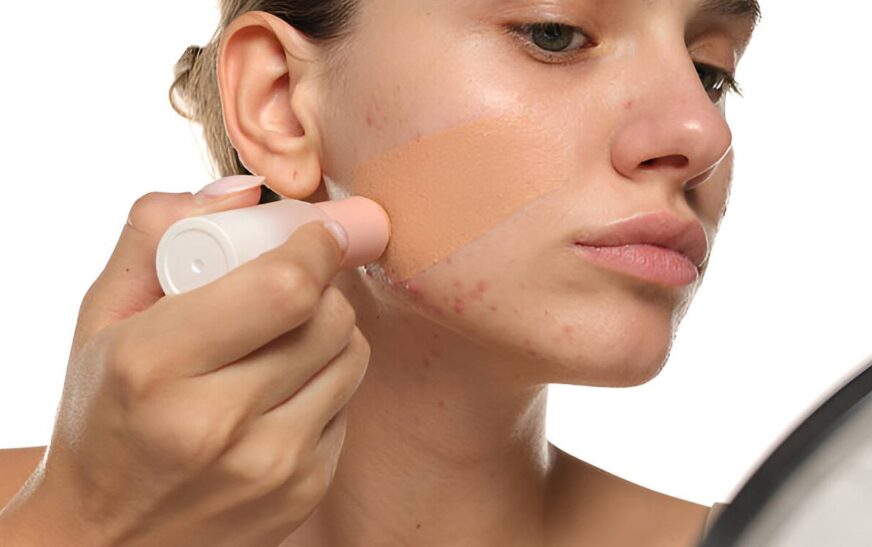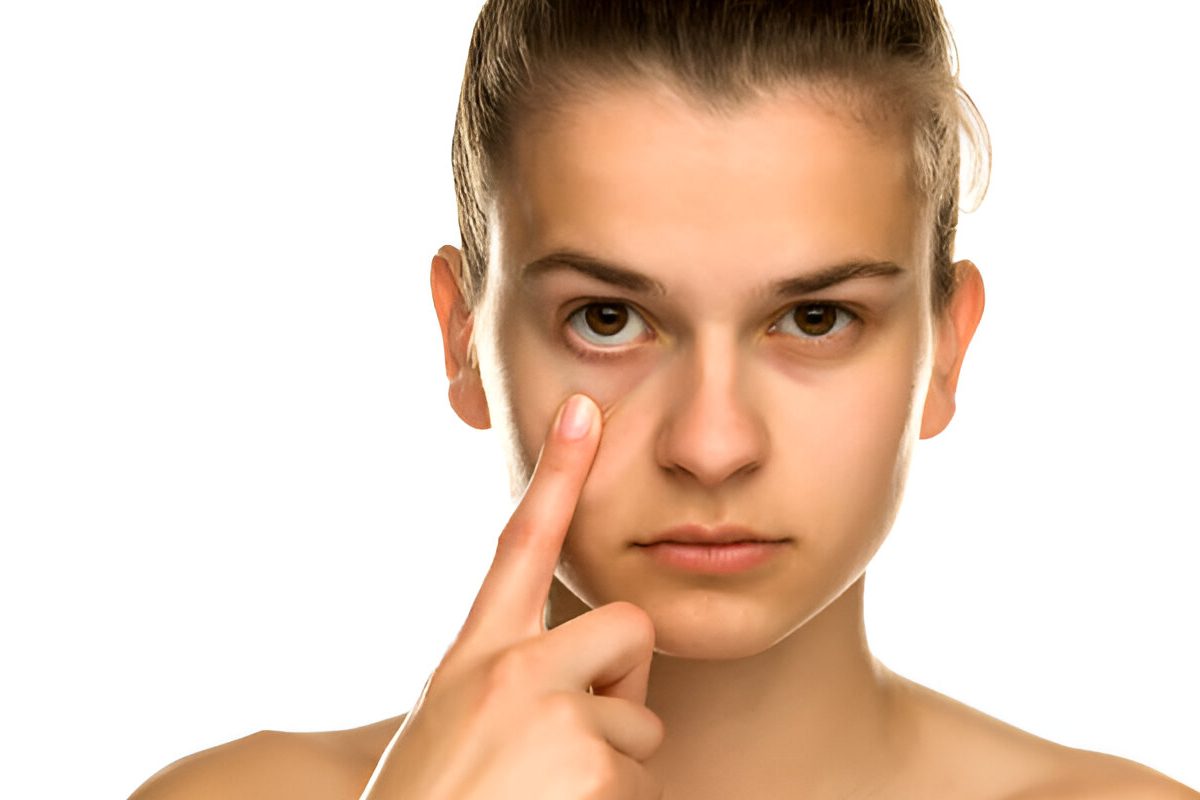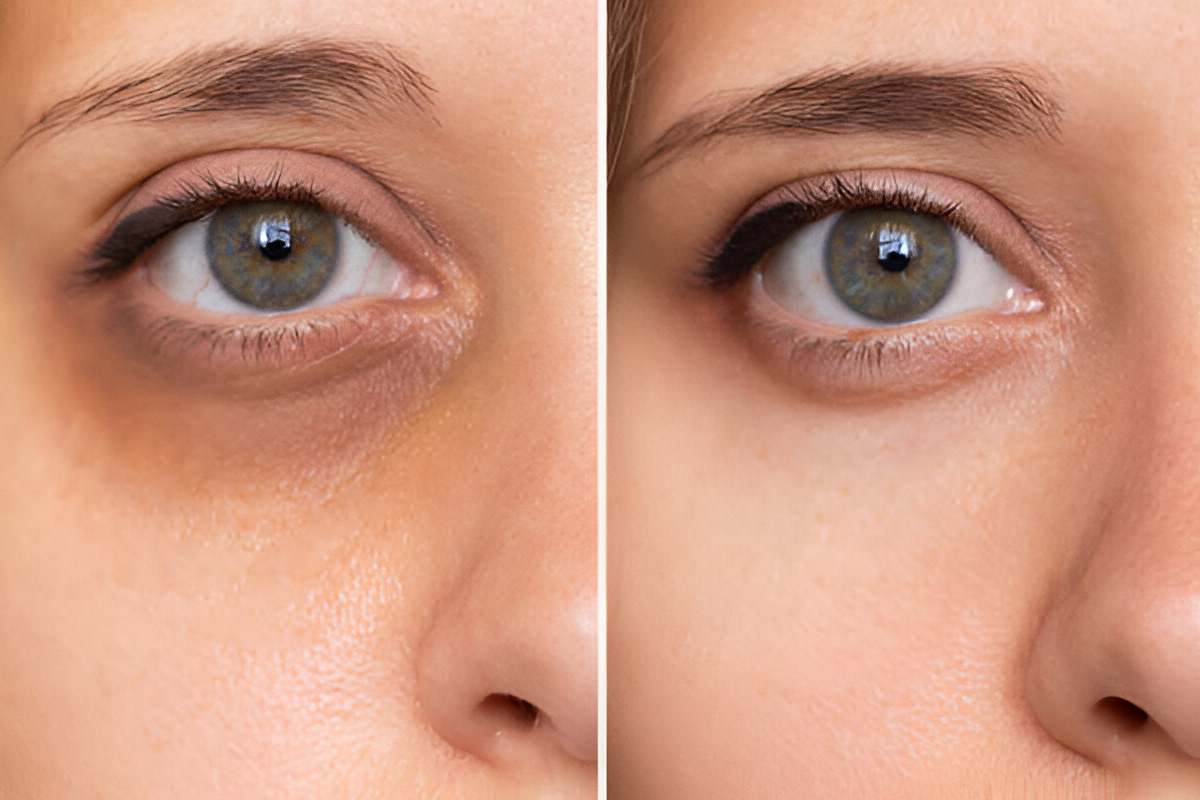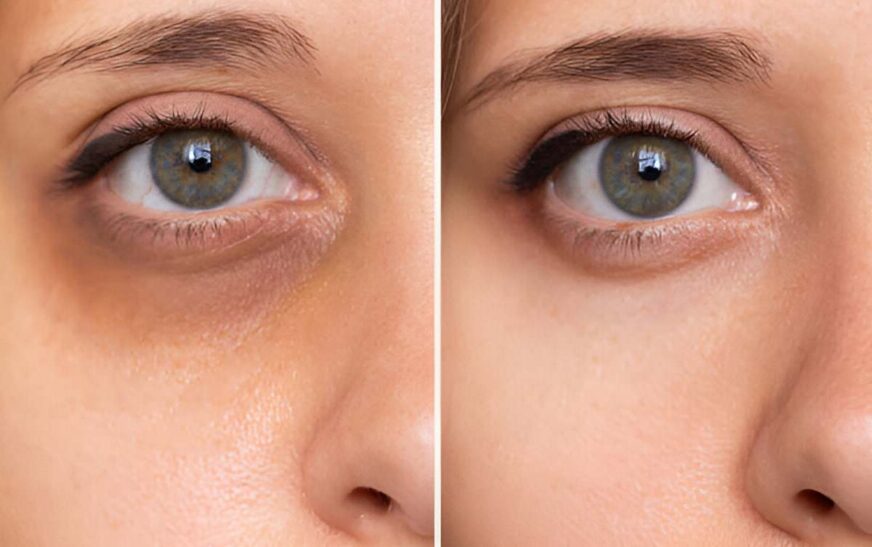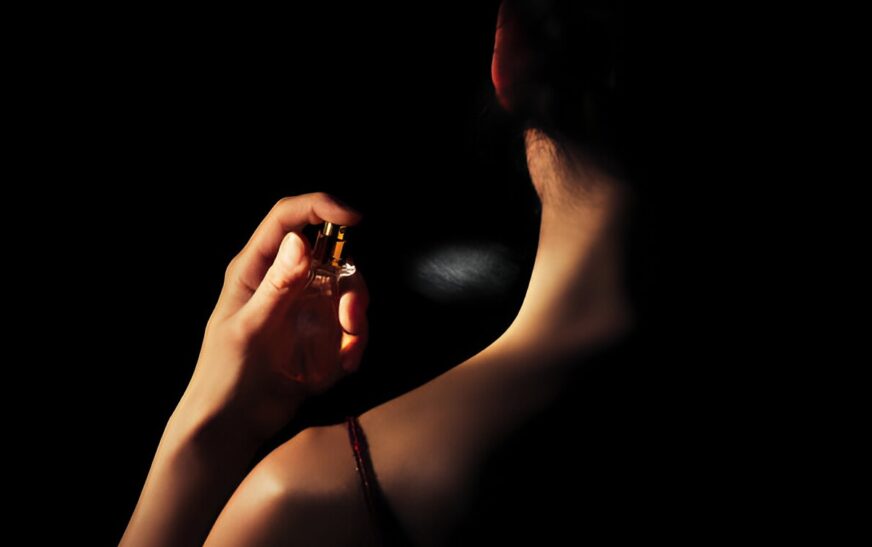Listen, if you’ve got acne-prone skin, you already know the struggle of finding the best foundation for acne prone skin. It’s like trying to solve a puzzle where half the pieces keep changing shape on you.
I’ve spent way too many mornings standing in front of my mirror, dabbing concealer on a fresh breakout while my foundation somehow managed to make everything look worse. Sound familiar? You’re not alone in this.
One of the challenges of having problematic skin is that your foundation needs to be a multitasker. We want coverage, but we also need something that won’t irritate our skin further. And honestly? Sometimes it feels impossible to find both in one bottle.
Why Your Foundation Choice Can Make or Break Your Skin
Here’s something I wish someone had told me years ago: not all foundations are created equal, especially when acne’s involved. Your skin is already fighting an uphill battle with inflammation and clogged pores. The wrong foundation is basically like adding gasoline to a fire.
I recall a particular foundation I tried (won’t name names, but it was expensive and everyone raved about it). Within three days, my chin looked like a constellation of angry red bumps. It turns out that it was packed with comedogenic ingredients that my skin hated.
What happens when you pick wrong:
- Your pores get even more clogged
- Existing breakouts become irritated and inflamed
- You end up with that dreaded cakey, patchy look
- New blemishes pop up seemingly overnight
But when you find the right one:
- Your skin can breathe while being covered
- Breakouts don’t always get worse (and sometimes even improve!)
- Coverage looks natural, not mask-like
- Your confidence gets a serious boost
The Ingredients That Help Your Skin
Salicylic Acid: Your Pore’s Best Friend
This stuff is gold for acne-prone skin. It works inside your pores, gently breaking down the gunk that causes breakouts. Some foundations now include this powerhouse ingredient, allowing you to wear makeup while still practicing your skincare routine. Pretty neat?
Niacinamide: The Inflammation Fighter
Also known as vitamin B3, this ingredient is like a calming agent for irritated skin. It helps control oil production and reduces redness. I’ve noticed a real difference in foundations that contain this – my skin looks calmer throughout the day.
Zinc Oxide: More Than Just Sun Protection
Yeah, it protects you from UV rays, but zinc oxide also has anti-inflammatory properties. If your skin tends to react to certain ingredients, this one can be soothing.
Hyaluronic Acid: Hydration Without the Weight
Even if your skin is oily, it still needs moisture. This ingredient provides hydration without the heavy, suffocating feeling. It’s especially great if you’re using acne treatments that dry out your skin.
Red Flag Ingredients to Skip
Heavy Silicones
Look, silicones aren’t automatically evil, but too many of them can trap oil and bacteria against your skin. If you see a list of ingredients ending in “-cone” at the top, consider looking elsewhere.
Pore-Clogging Oils
Coconut oil may be beneficial for your hair, but it’s not ideal for acne-prone skin. The same goes for palm oil and other comedogenic oils. Stick with non-comedogenic formulas – your pores will thank you.
Alcohol-Heavy Formulas
These might feel refreshing at first, but they can dry out your skin and trigger your oil glands to produce more oil. It’s as if your skin becomes confused and starts producing even more oil to compensate for the imbalance.
Foundation Types That Work
Water-Based: The Safe Bet
These are usually your best option. They’re lightweight, less likely to clog pores, and often packed with skin-loving ingredients. Fenty Beauty’s Pro Filt’r is a great example – it gives excellent coverage without feeling heavy.
Mineral Foundations: Back to Basics
There’s something beautifully simple about mineral makeup. It sits lightly on your skin and often contains zinc oxide, which we already know is great for sensitive skin. BareMinerals has been doing this for years, and there’s a reason they’re still popular.
BB Creams and Tinted Moisturizers: For Easy Days
Sometimes you want coverage without the commitment of a full foundation. These lighter options often include SPF and skincare benefits. IT Cosmetics’ CC+ Cream is the love child of skincare and makeup.
Application Tricks That Changed My Life
Start Fresh, Always
This may seem obvious, but I often see people skipping this step. Your foundation is only as good as what’s underneath it. Use a gentle cleanser – nothing too harsh that’ll irritate your skin further.
Tools Matter More Than You Think
Damp beauty sponges are your friend. They give the most natural finish and won’t tug at sensitive spots. If you prefer brushes, opt for synthetic ones – they’re easier to clean and won’t harbor bacteria like natural bristles can.
Less is More
I used to think more coverage meant better results. Wrong! Start with a thin layer and add more only where needed. Your skin will look more natural, and you’re less likely to clog your pores.
Strategic Setting
Here’s a game-changer: you don’t need to powder your entire face. Just hit your T-zone if you get oily there. Over-powdering emphasizes dry patches around blemishes.
Real Results: Emma’s Foundation Transformation
Let me tell you about my friend Emma. She’s a nurse, so her foundation needs to survive 12-hour shifts, but she was breaking out constantly from her old routine.
Her old approach:
- Heavy silicone primer
- Full-coverage foundation with comedogenic ingredients
- Powder everywhere
- Constant touch-ups that just made things worse
What we changed: We switched to a water-based foundation with niacinamide, eliminated the heavy primer, and began using a setting spray instead of powder all over her face.
The results after a month: Emma’s breakouts decreased by about half, her foundation looked fresh even after long shifts, and her skin texture improved dramatically. However, the most significant change was her newfound confidence – she stopped avoiding mirrors and began retaking selfies.
My Go-To Recommendations
For Super Oily Skin
Estée Lauder Double Wear is my ride-or-die. It stays put through everything, but doesn’t feel like cement on your face.
For Sensitive Types
Tarte’s Amazonian Clay Foundation utilizes clay to absorb excess oil while remaining gentle enough for sensitive, reactive skin.
For Combination Skin
Giorgio Armani Luminous Silk provides the perfect balance – hydrating where you need it, controlling oil where you don’t.
Budget Winner
L’Oréal Infallible Pro-Matte proves you don’t need to spend a fortune for great results.
Mistakes I See Everyone Making
Testing foundation on their hand – Please don’t do this. Test on your jawline in natural light. Your hands are usually a completely different color from your face.
Going overboard with cleansing – Your skin needs some natural oils to create a good base. Don’t strip everything away before applying foundation.
Forgetting about the neck – Nothing screams “I’m wearing makeup” like a perfectly matched face sitting on a different-colored neck.
Keeping products forever – The Foundation can go bad and harbor bacteria. If it smells funky or the texture has changed, it’s time to toss it.
Skipping primer when you need it – If you have large pores or very textured skin, the right primer can make a huge difference in how your foundation looks and lasts.
Finding Your Perfect Match Takes Time
Here’s the truth nobody talks about: finding the best foundation for acne prone skin isn’t a one-and-done situation. Your skin changes with the seasons, your hormones, stress levels, and age. What works perfectly now might need tweaking in six months, and that’s normal.
I’ve learned to think of it as an ongoing relationship rather than a search for “the one.” Sometimes your skin needs more coverage, sometimes less. Sometimes you need more hydration, sometimes oil control. The key is to stay flexible and pay attention to what your skin is telling you.
Don’t be afraid to ask for samples, use return policies (seriously, Sephora’s return policy is your friend), and give each new foundation at least a week to see how your skin reacts. Some foundations that look amazing on day one can cause problems by day three.
Remember, everyone experiences both good and bad skin days. The goal isn’t perfection – it’s finding something that makes you feel confident and comfortable in your skin while helping your complexion heal and improve over time.
The best foundation for acne prone skin is ultimately the one that works with your lifestyle, budget, and your skin’s unique needs. Trust your instincts, be patient with the process, and don’t let anyone make you feel bad about needing a little extra coverage while your skin sorts itself out.
Frequently Asked Questions (FAQs)
Q1: What is the best foundation for acne prone skin?
A: The best foundation for acne prone skin is non-comedogenic, water-based, and contains beneficial ingredients like niacinamide or salicylic acid while avoiding pore-clogging oils and heavy silicones.
Q2: How does the best foundation for acne prone skin benefit those with breakouts?
A: It provides coverage without aggravating existing breakouts, allows skin to breathe, often contains anti-inflammatory ingredients, and won’t clog pores or cause new blemishes to form.
Q3: What are the common mistakes to avoid when choosing a foundation for acne prone skin?
A: Avoid comedogenic ingredients, testing foundation on your hand instead of your face, using expired products, applying too much at once, and choosing alcohol-heavy formulas that can irritate sensitive skin.
Don’t Miss These: Look 10 Years Younger: Game-Changing Under-Eye Line Solutions

